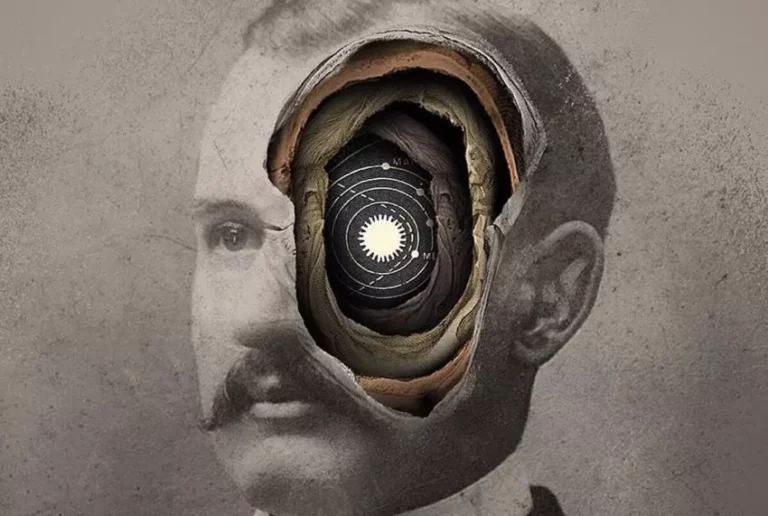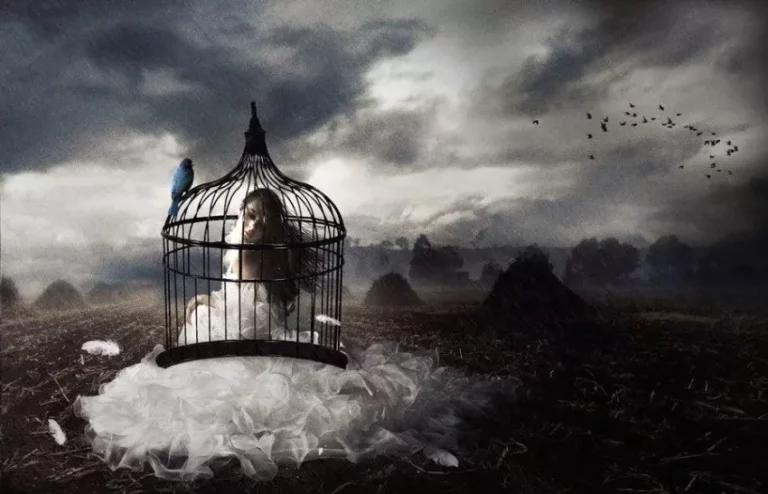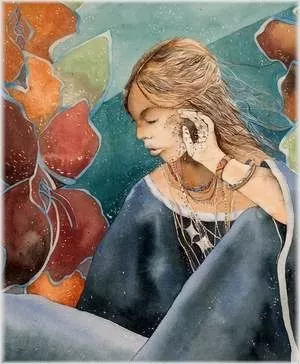“Whenever a knight of the Grail tried to follow a path made by someone else, he went altogether astray. Where there is a way or a path, it is someone else’s footsteps. Each of us must find our own way. Nobody can give you a mythology.” ~ Joseph Campbell
What is the God in yourself? It’s the part of you that understands that everything is connected to everything else. It’s your disconnected self in search of connection. It’s your independence in search of interdependence.
It’s the part of you that understands that religions are merely steppingstones for true spirituality. In short: The God in yourself is a spiritual seeker. The search is the thing, not what’s found. The journey is the thing, not the destination.
Spiritual seekers, those who don’t drink the orthodox Kool Aid, those who don’t lean on outdated religious crutches, those who question to the nth degree all parochial reasoning, have always been the black sheep of the universe. So be it.
Spiritual seekers are not looking to follow a god. They don’t necessarily follow this or that law, tenant, or commandment. They simply follow the God in themselves, and that God in themselves is a questioner, an explorer and a creator.
Question meaning
“The pearl is also always grit, an irritation as well as a luster.” ~ James Hillman
The God in yourself, the spiritual seeker within, is always grit. But that’s okay. It’s good to be grit. Being grit is where the action is. Especially when the universe rubs against that grit and creates the mystical friction that becomes the luster of the pearl.
The spiritual seekers way of rubbing the universe back is questioning things. Especially meaning itself. It’s a give and take, a meditative dance with the cosmos. Breathe in, breathe out. Question out, answer in. Don’t fear discomfort or agitation. That’s par for the course.
As Rumi challenged, “If you are irritated by every rub, how will your mirror be polished?”
The key is not to rely on any answers. Not to put all your eggs into a single basket. Not to settle on any single bedrock of thought. As Aristotle said, “It is the mark of an educated mind to be able to entertain a thought without accepting it.” Just flow through it all. Keep questioning. Keep swimming. Keep searching.
Question things as you inhale, answer things as you exhale. Then exhale the answer and question/breathe again. Repeat until you’ve become a lustrous pearl, a diamond in the rough. And then keep repeating, never forgetting that a part of you will always be grit and coal.
Explore meaning
“If you can fall in love again and again, if you can forgive as well as forget, if you can keep from growing sour, surly, bitter and cynical… you’ve got it (a life well-lived) half licked.” ~ Henry Miller
The God in yourself longs to connect with the God in others. That’s the heart of namaste. One way the God in you can connect with the God in others is to explore the meaning that others have created. Standing on the shoulders of giants is an excellent way to do precisely that.
A spiritual seeker stands on the shoulder of Jesus, Buddha and Nietzsche, not only to explore the meaning that they have created but also in an attempt to connect their unique meanings together and to project that meaning further into the human leitmotif, further down the path of the evolution of consciousness.
Indeed, the God within you stands upon the God within others in order to see further than they could. In order to connect deeper than they did. In order to tap into energies and knowledge that were not available to them.
Buddha didn’t have Jesus to stand on. Jesus didn’t have Nietzsche to stand on. But Nietzsche didn’t have you to stand on. So on and so forth through the spiritual-philosophical evolution of the species.
So explore the meanings of others. Go on philosophical adventures. Jump from giant to giant. Just remember to keep questioning, keep jumping.
For, as Anais Nin wisely stated, “Life is a process of becoming, a combination of states we have to go through. Where people fail is that they wish to elect a state and remain in it. This is a kind of death.”
Create meaning
“Play! Invent the world! Invent reality!” ~ Vladimir Nabokov
The God in yourself will always be closer to your inner child than anything else. It is the part of yourself that hasn’t lost touch with Beginner’s Mind.
No matter how many philosophies you’ve mastered, or how many domains of knowledge you’ve digested, or how many religions you’ve memorized and regurgitated, the God in yourself always brings you back to Beginner’s Mind. Back to creative innocence.
The beauty is that you also have experience to add to the mix. You have questioned things to the nth degree. You have stood upon the shoulders of giants. It’s all a delicious muscle memory inside you.
Now it’s time to be the pearl, despite (or because of) the rub. To be the diamond, despite (or because of) the rough. Beginner’s Mind keeps us humble by reminding us that we are still grit and coal, but it also empowers us to be creative with having become a pearl and a diamond.
Being a pearl and a diamond means being creative. It means using your imagination as a tool that leverages a healthy and progressive evolution for the species. It means creating your own meaning. It means taking everything that you’ve learned into consideration with humility and a good sense of humor and making magic out of it.
The God within you longs for meaning, and it longs to create its own meaning more than anything else. Creating your own meaning is taking all the answers that you’ve questioned and all the meanings that you’ve collected and connecting them in a way that has never been done before.
It’s your finite Fibonacci sequence striving for the infinite Phi. It’s your humanity crossing the bridge to the Overman. It’s your Initiation into becoming one of the Giants. It’s your cosmic fingerprint blazing like an ancient rune on the side of Evolution.
It’s your Immortality Project. It’s your Self-inflicted Philosophy. And only the God in you can create it.
Image source:
















